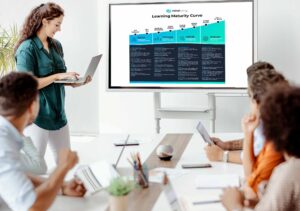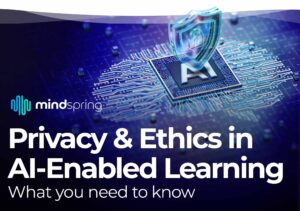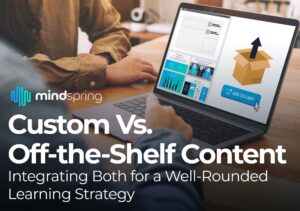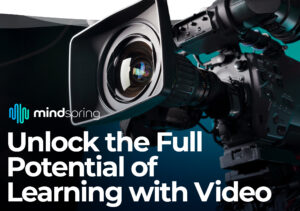Inno-Versity’s last newsletter introduced our 5 Essential Elements of Excellence. In the following weeks, we will be dedicating a newsletter segment to discuss each of these elements. Let’s start with the obvious and first explore the element of Learning.
Hang with us here, we promise not to launch into a long discussion of various learning theories or educational psychology.
The heart of all good instructional design begins with the learners. At Inno-Versity, we work with all types of learners– from adult professionals, manufacturing workers, university students, kindergarteners– and everyone in between. We love this! Because of this unique variety in audience, we are always forced to ask that key question: “What are the needs of the learners?” When was the last time you did this as a trainer or educator?
It’s easy to make assumptions, or to skip this step entirely, when you consistently work with the same population. But every time we work with a client, we begin by really digging deep into this question. And we usually uncover a surprise or two along the way. This often changes the focus, or even the product that we are creating. This single question, and each one that follows, helps us to transform the perception that our approach is proactive, rather than just reactive. Clients often come to us with preconceived ideas on what the training should look like or how it should be delivered. While we value their expertise, again we would still want to ask: “What are the needs of the learners?”
We suspect that by asking this question as you develop training, work with internal stakeholders or develop curriculum, that it will also change the way you work. So let’s think about how to do this.
Shhhh. Are you listening? Really listening?
Sometimes figuring out the needs of your learners begins with just intentionally listening to them. Traditional needs analysis methods are great, proven tools, but we have a few unconventional suggestions that can help you discover the needs of your learners by listening. Here are some of the ways that we accomplish this:
- Listen first thing in the morning–How do they get to work or school? do they commute? Would mobile learning be a better solution? Do you know that content should be designed (not just delivered) differently for a mobile device? It should look different depending on if it’s being viewed on a cell phone versus tablet device, because users hold them at a different eye level.
- Listen on the floor, in the office, or hallways of the school. What are the frustrations? Do they struggle with mastering skills or is it personal productivity needs? Would team-building and relationship skills strengthen the climate of your organization?
- Listen on Monday–How do they spend their leisure time? active or passive activities?
- Listen when they are assigned a new task–Where do they go as a first step? Ask others, Google, Youtube, print media?
- Listen to how they prefer to socialize at work—Do they prefer groups or individual activities? Have you created a climate that values sharing knowledge and practical applications, but also provides opportunity for individualized learning?
Here’s the thing, at Inno-Versity, our core belief is that we value people. We suspect you do too. If you do, you’ll always start with their needs and let that drive the learning. Now before you object with organizational goals or a need to meet the bottom line, take note of the following: the most successful training programs over the past year, according to Monica Savage (2016), were the ones that had the largest focus on their people. When you focus on your people, your organization improves. And that always positively impacts the bottom line.
And. . . lest you think we’ve completely forgotten about instructional design theory and principles, we haven’t. Follow our social media channels over the next few weeks to see some of our favorite articles on this subject.









